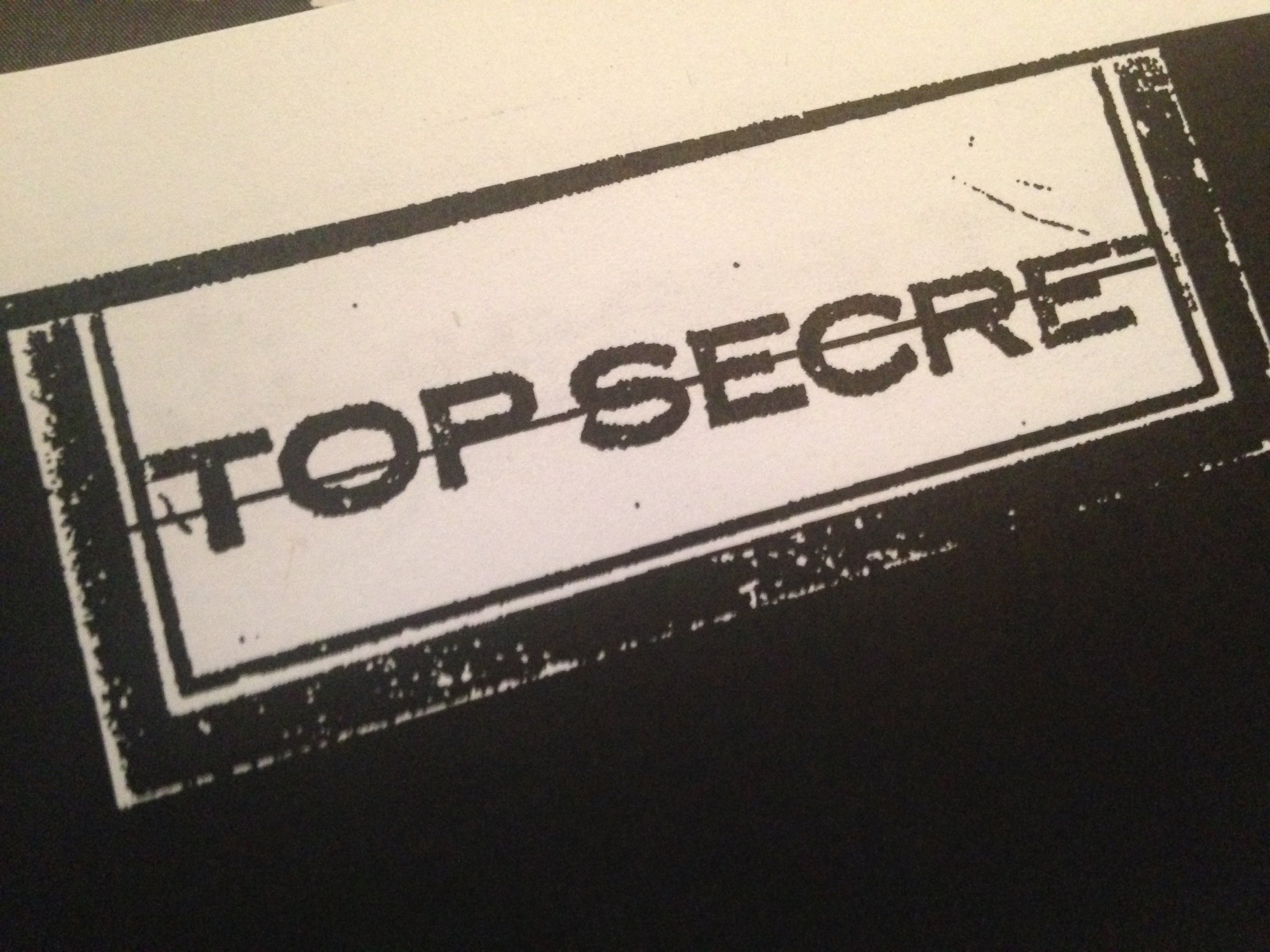Top Secret NSA in 1953: We Need Better Spies, Please

(NSA/GovernmentAttic.org)
More than a half century before Edward Snowden slipped out the door with the National Security Agency's most closely held secrets, a panel convened by the then-fledgling agency warned of a Soviet nuclear attack and said there was a big vulnerability in the NSA's ability to see it coming: its own people.
"During the past few years, the Defense Establishment and, through it, the American People have become increasingly aware of the potentialities of the USSR [the Union of Soviet Socialist Republics] for mounting a direct atomic attack against the U.S.," says the Top Secret 1953 Robertson Report, prepared by a Special Study Group of the NSA Scientific Advisory Board. "[A] surprise atomic attack on the U.S. would result in carnage, devastation, psychological shock, and curtailment of our retaliatory ability on a scale difficult to estimate, or even to comprehend in terms of any previous experience."
While the group said air defense warning systems would be critical in the event of an attack, what the U.S. really needed was more of a heads up on when the Soviets had decided to make their move - "strategic warning" signs the panel hoped the NSA would steal from intercepted Soviet radio communications. The top priority would be the "solution of high-level Soviet cryptographic systems and… their exploitation on a timely basis," one of the new missions for the young NSA. But first, the NSA needed better people to do their job.
"In the various discussions and briefings which the Study Group has had concerning the present COMINT [Communications Intelligence] effort, the most universally mentioned problem is that of improving the quality and proficiency of personnel," says the document, a redacted, typewritten version of which was posted on the Government Attic website today. "At present time, there is serious need for further research and development activity in NSA. The success of such a program will depend almost entirely on the quality of research and development personnel."
It also says NSA needs less turnover when it comes to its approximately 1,100 analysts and says there is "great variation in quality of personnel" in analytic groups.
"Considerable difference of opinion exists as to what type of person at recruitment will make a good analyst and what type will not. It is generally agreed, however, that, once a good analyst is selected, his proficiency steadily improves with experience," the document says. "In view of this situation, and since there is a continuing recruitment program to keep analytic personnel up to strength, it is extremely important to establish sound selection and training procedures."
DOWNLOAD: The 1953 Robertson Report (at GovernmentAttic.org)
When the Top Secret document was written in October 1953, the NSA had officially existed for less than a year, having been established in November 1952. Personal computers, cell phones and the global internet as it's known today - the current realm of the NSA, were still decades away, as was the monumental controversy over how the agency has grown into a reported $10.8 billion-per-year intelligence behemoth that monitors the world.
READ: President Obama's Own Experts Recommend End to NSA Phone Data Spying